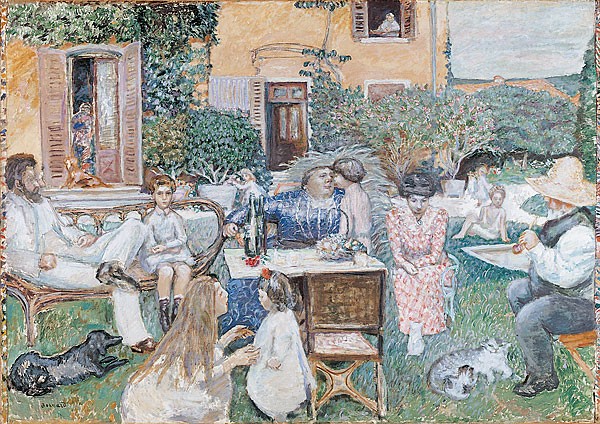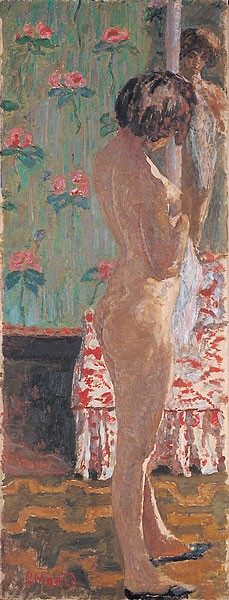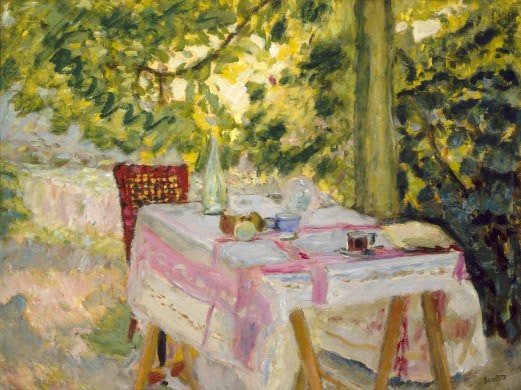Pierre Bonnard 1867-1947
Get a Pierre Bonnard 1867-1947 Certificate of Authenticity for your painting (COA) for your Pierre Bonnard 1867-1947 drawing.
For all your Pierre Bonnard 1867-1947 artworks you need a Certificate of Authenticity (COA) in order to sell, to insure or to donate for a tax deduction.
Getting a Pierre Bonnard 1867-1947 Certificate of Authenticity (COA) is easy. Just send us photos and dimensions and tell us what you know about the origin or history of your Pierre Bonnard 1867-1947 painting or drawing.
If you want to sell your Pierre Bonnard 1867-1947 painting or drawing use our selling services. We offer Pierre Bonnard 1867-1947 selling help, selling advice, private treaty sales and full brokerage.
We have been authenticating Pierre Bonnard 1867-1947 and issuing certificates of authenticity since 2002. We are recognized Pierre Bonnard 1867-1947 experts and Pierre Bonnard 1867-1947 certified appraisers. We issue COAs and appraisals for all Pierre Bonnard 1867-1947 artworks.
Our Pierre Bonnard 1867-1947 paintings and drawings authentications are accepted and respected worldwide.
Each COA is backed by in-depth research and analysis authentication reports.
The Pierre Bonnard 1867-1947 certificates of authenticity we issue are based on solid, reliable and fully referenced art investigations, authentication research, analytical work and forensic studies.
We are available to examine your Pierre Bonnard 1867-1947 painting or drawing anywhere in the world.
You will generally receive your certificates of authenticity and authentication report within two weeks. Some complicated cases with difficult to research Pierre Bonnard 1867-1947 paintings or drawings take longer.
Our clients include Pierre Bonnard 1867-1947 collectors, investors, tax authorities, insurance adjusters, appraisers, valuers, auctioneers, Federal agencies and many law firms.
We perform Bonnard art authentication, appraisal, certificates of authenticity (COA), analysis, research, scientific tests, full art authentications. We will help you sell your Bonnard or we will sell it for you.
Bonnard and the Nabis group were particularly influenced by Japanese prints and the dramatic use of color by Paul Gauguin. His work was immensely popular, and was exhibited at the Salon des Independents from 1891. At about the same time he helped to establish the Salon d’ Automnes, and also was one of its regular exhibitors.

By 1900, the Nabis group had disbanded and Bonnard began traveling around Europe. Because Bonnard enjoyed such commercial success at the outset of his career, he is often thought of as a nineteenth century artist. Many contemporary scholars, however, believe his best work was later.

Just after the turn of the century, Bonnard became interested in photography. He also started using mirrors as a device in his paintings; space is flattened through the use of the mirror.

Bonnard painted from memory, not from life. He sometimes took years to complete paintings. He did not use an easel but rather pinned canvas to the wall. Often Bonnard worked on several pictures on one canvas.

In 1920, he bought property near Giverny and became friendly with Monet. Several years later he moved to the Midi, where he visited with Renoir who lived close by. In 1925 Bonnard married his long-time muse and companion Marthe, and shortly afterward moved to the small house, Le Bosquet, near Cannes. The house, and particularly its bathroom, was immortalized in a series of paintings of Marthe in or around the bathtub.

Bonnard enjoyed international acclaim for most of his career. He was one of the only non-British elected to the Royal Academy of England. He visited America in 1926 and served on the jury of the Carnegie International Exhibit in Pittsburgh. Bonnard lived through the World War II years in Côte D’Azur and died in 1947.
We would be pleased to research the authenticity of any picture you think is by Bonnard. Please contact Art Experts.
Reviews
1,217 global ratings
5 Star
4 Star
3 Star
2 Star
1 Star
Your evaluation is very important to us. Thank you.
